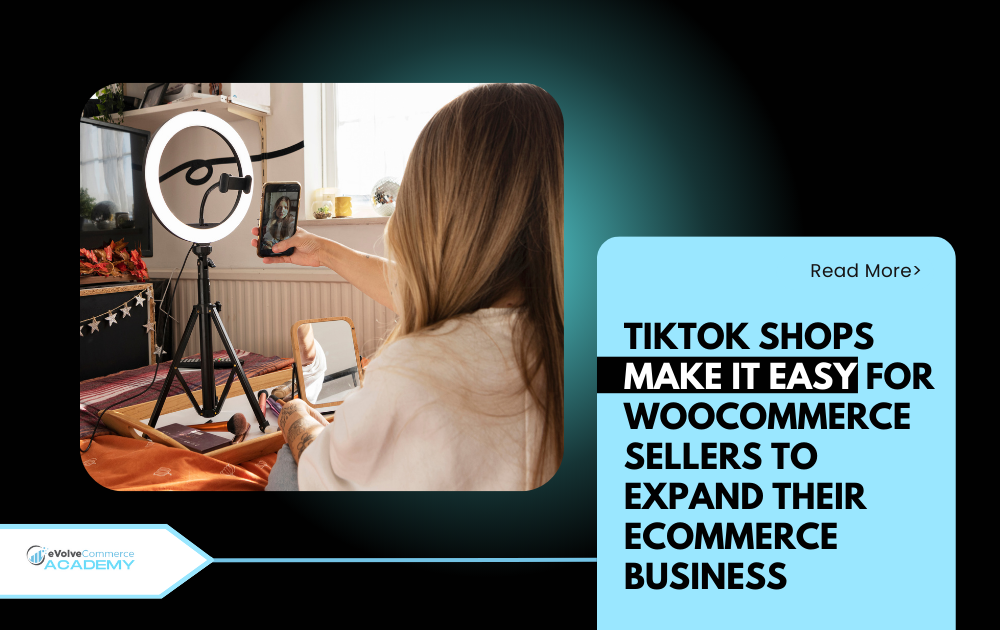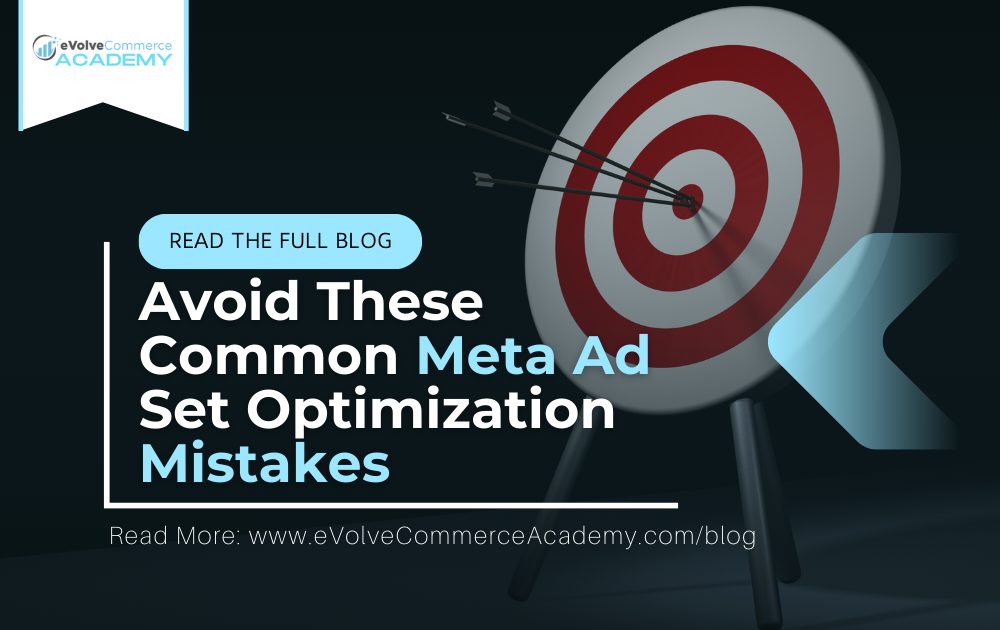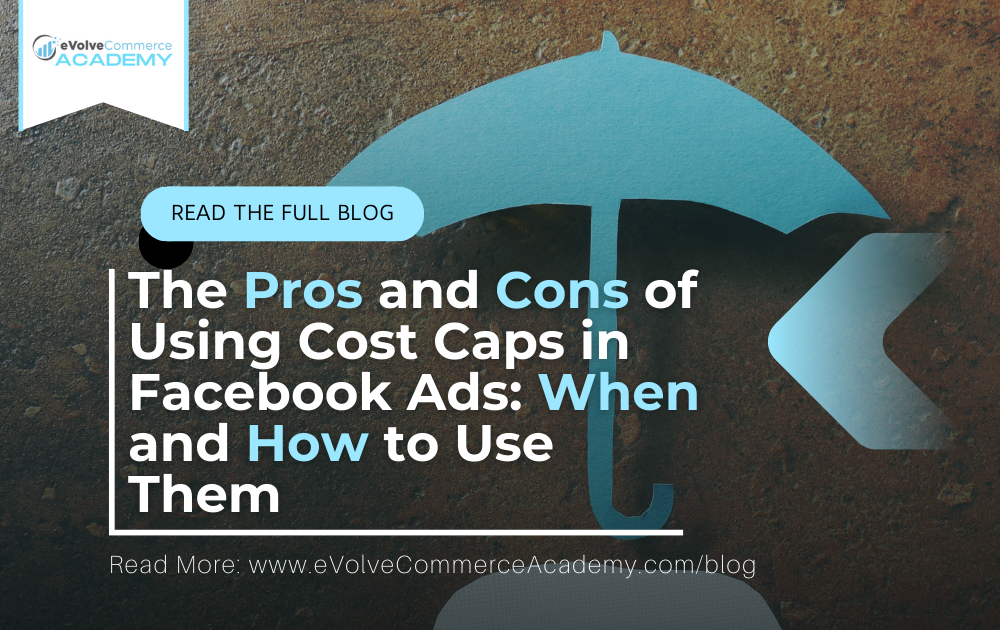Developing a Robust Social Media Strategy: A Comprehensive Guide for Online Sellers

Developing a Robust Social Media Strategy: A Comprehensive Guide for Online Sellers
The Social Digital Landscape
In today's digital landscape, social media has become an indispensable tool for online retailers aiming to enhance their brand presence, engage with customers, and drive sales. Crafting an effective social media strategy is crucial for maximizing the potential of these platforms. In this comprehensive guide, we will walk you through the key steps and considerations for developing a successful social media strategy tailored specifically for online retailers.
Understanding the Importance of Social Media for Online Retailers
Social media platforms offer unique opportunities for online retailers to reach and interact with their target audience. With billions of active users worldwide, platforms like Facebook, Instagram, TikTok, Twitter, and Pinterest provide vast audiences and diverse tools for promoting products and services. A well-executed social media strategy can help online retailers achieve the following goals:
Increase Brand Awareness: Social media allows retailers to reach a broader audience and build brand recognition.
Drive Website Traffic: By sharing engaging content and promotional offers, retailers can direct traffic to their e-commerce sites.
Enhance Customer Engagement: Social media provides a platform for direct interaction with customers, fostering loyalty and trust.
Boost Sales: Through targeted advertising and shoppable posts, retailers can convert social media followers into paying customers.
Gather Market Insights: Social media analytics tools offer valuable data on customer behavior and preferences, helping retailers refine their marketing strategies.
Step 1: Define Your Goals and Objectives
The first step in developing a social media strategy is to define clear and measurable goals. Your objectives should align with your overall business goals and provide a framework for your social media activities. Common goals for online retailers include:
Increasing brand awareness and reach
Driving traffic to the e-commerce site
Boosting sales and conversions
Enhancing customer engagement and satisfaction
Building a community around the brand
Once you have defined your goals, use the SMART criteria (Specific, Measurable, Achievable, Relevant, Time-bound) to ensure they are clear and attainable. For example, instead of setting a vague goal like "increase sales," a SMART goal would be "increase online sales by 15% over the next six months through targeted social media campaigns."
Step 2: Know Your Audience
Understanding your target audience is critical to the success of your social media strategy. Conduct thorough market research to identify the demographics, interests, and behaviors of your ideal customers. This information will help you tailor your content and marketing efforts to resonate with your audience.
Create detailed buyer personas that represent your target customers. Include information such as age, gender, location, income level, hobbies, and pain points. These personas will serve as a guide for creating content that speaks directly to your audience's needs and preferences.
Step 3: Choose the Right Platforms
Not all social media platforms are created equal, and it's essential to choose the ones that align with your brand and audience. Here's a brief overview of popular platforms and their unique advantages for online retailers:
Facebook: Ideal for building brand awareness and engaging with a broad audience. Facebook's robust advertising platform allows for highly targeted campaigns.
Instagram: A visual platform perfect for showcasing products through images and videos. Instagram Stories and Shopping features enhance the shopping experience.
TikTok: Known for its short-form video content, TikTok is great for reaching younger audiences and creating viral marketing campaigns.
Twitter: Useful for real-time engagement and customer service. Twitter can drive traffic to your website through timely updates and promotions.
Pinterest: Excellent for driving traffic to e-commerce sites, especially for visually appealing products like fashion, home decor, and DIY projects.
Step 4: Develop a Content Strategy
A successful social media strategy relies on high-quality, engaging content. Your content should align with your brand's voice and values while providing value to your audience. Consider the following types of content for your social media channels:
Product Posts: Showcase your products with high-quality images and videos. Highlight features, benefits, and usage scenarios.
User-Generated Content: Encourage customers to share their experiences with your products. Repost their content to build community and trust.
Educational Content: Share tips, tutorials, and how-to guides related to your products or industry.
Behind-the-Scenes Content: Give followers a glimpse into your company's operations, culture, and team.
Promotions and Discounts: Announce special offers, sales, and exclusive deals to drive conversions.
Interactive Content: Use polls, quizzes, and Q&A sessions to engage your audience and encourage interaction.
Step 5: Create a Content Calendar
Consistency is key to maintaining an active and engaged social media presence. A content calendar helps you plan and organize your posts, ensuring a steady flow of content. When creating a content calendar, consider the following:
Frequency: Determine how often you will post on each platform. Aim for a balance between staying active and not overwhelming your audience.
Timing: Identify the best times to post based on your audience's online behavior. Use analytics tools to determine when your followers are most active.
Content Mix: Diversify your content to keep your feed interesting. Mix product posts with user-generated content, educational posts, and promotions.
Step 6: Leverage Social Media Advertising
Organic reach on social media has declined, making paid advertising an essential component of your strategy. Social media platforms offer advanced targeting options to help you reach the right audience with your ads. Here are some tips for effective social media advertising:
Define Your Campaign Objectives: Align your ad campaigns with your overall goals. Objectives might include driving traffic, increasing sales, or building brand awareness.
Target Your Audience: Use demographic, interest, and behavior targeting to reach your ideal customers. Lookalike audiences can help you find new potential customers similar to your existing ones.
Create Compelling Ad Creatives: Design visually appealing ads with clear calls to action. Test different formats, such as images, videos, carousels, and stories, to see what resonates best with your audience.
Monitor and Optimize: Regularly review your ad performance using platform analytics. Adjust your targeting, budget, and creatives based on what’s working and what’s not.
Step 7: Engage with Your Audience
Engagement is a two-way street. Actively interact with your followers by responding to comments, messages, and mentions. Show appreciation for positive feedback and address any concerns promptly. Engagement fosters a sense of community and builds customer loyalty.
Consider hosting live sessions, such as Q&A sessions, product launches, or behind-the-scenes tours. Live interactions provide a real-time connection with your audience and can boost engagement significantly.
Step 8: Analyze and Adjust Your Strategy
Regularly analyze your social media performance to understand what’s working and what needs improvement. Key metrics to track include:
Engagement Rate: The number of interactions (likes, comments, shares) relative to your follower count.
Reach and Impressions: The number of unique users who have seen your content and the total number of times your content was displayed.
Click-Through Rate (CTR): The percentage of users who clicked on a link in your post or ad.
Conversion Rate: The percentage of users who completed a desired action, such as making a purchase or signing up for a newsletter.
Use these insights to refine your content strategy, posting schedule, and ad campaigns. Continuous optimization is essential for maintaining a successful social media presence.
Developing a robust social media strategy is vital for online retailers looking to thrive in the competitive digital marketplace. By setting clear goals, understanding your audience, choosing the right platforms, and consistently delivering engaging content, you can build a strong social media presence that drives brand awareness, engagement, and sales. Remember to regularly analyze your performance and adjust your strategy to stay ahead of the curve. With dedication and strategic planning, your social media efforts can significantly contribute to the growth and success of your online retail business.
If you are looking to amplify your online advertising sales across the most powerful paid media and digital channels, then join our platform and commmunity specifically tailored for eCommerce sellers for free today @ eVolveCommerce Academy





